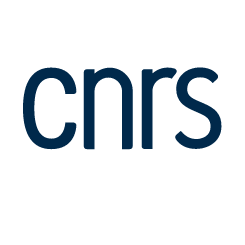Compared Phenolic Compound Contents of 22 Commercial Fruit and Vegetable Juices: Relationship to Ex-Vivo Vascular Reactivity and Potential In Vivo Projection
Résumé
The real impact of polyphenol-rich vegetable and fruit juice intake on cardiovascular health remains a matter of controversy. In the present study, rat aorta segments immersed in an organ bath (OB) were used to explore whether the total polyphenol content and/or individual phenolic compound contents of 22 commercial vegetable (n = 3) and fruit juices [(citrus (n = 5), berries (n = 10), apple (n = 2), pineapple (n = 2)] might be associated with vascular tone. Red juices (particularly blackcurrant) and lemon juice caused the most marked vasorelaxation, its amplitude being endothelium dependent or not according to the volume ratio of juice to initial OB solution V juice /V OBS). At volume ratios 5% and 10%, both the juice and OB total polyphenol for all juices and total anthocyanin contents for berry juices significantly correlated with aorta vasorelaxation intensity. This was not the case for total or individual flavonols (except kaempferol) or for total or individual flavanols (except epigallocatechin gallate). If one relates our measured concentrations of individual phenolic compounds in OB to what is known about their physiological concentrations, and given our evidenced correlations between compound concentrations and vasorelaxation intensity, kaempferol, epigallocatechin gallate and peonidin-3-O-glucoside seem to emerge as the interesting phenolic compounds likely to be responsible for the potent vasorelaxation observed with fruit juices, and more particularly blackcurrant ones. Clinical investigation is required, however, to confirm our observations.
Fichier principal
 Matute-2020-Compared-phenolic-compound-contents.pdf (1.04 Mo)
Télécharger le fichier
Matute-2020-Compared-phenolic-compound-contents.pdf (1.04 Mo)
Télécharger le fichier
| Origine | Fichiers éditeurs autorisés sur une archive ouverte |
|---|
